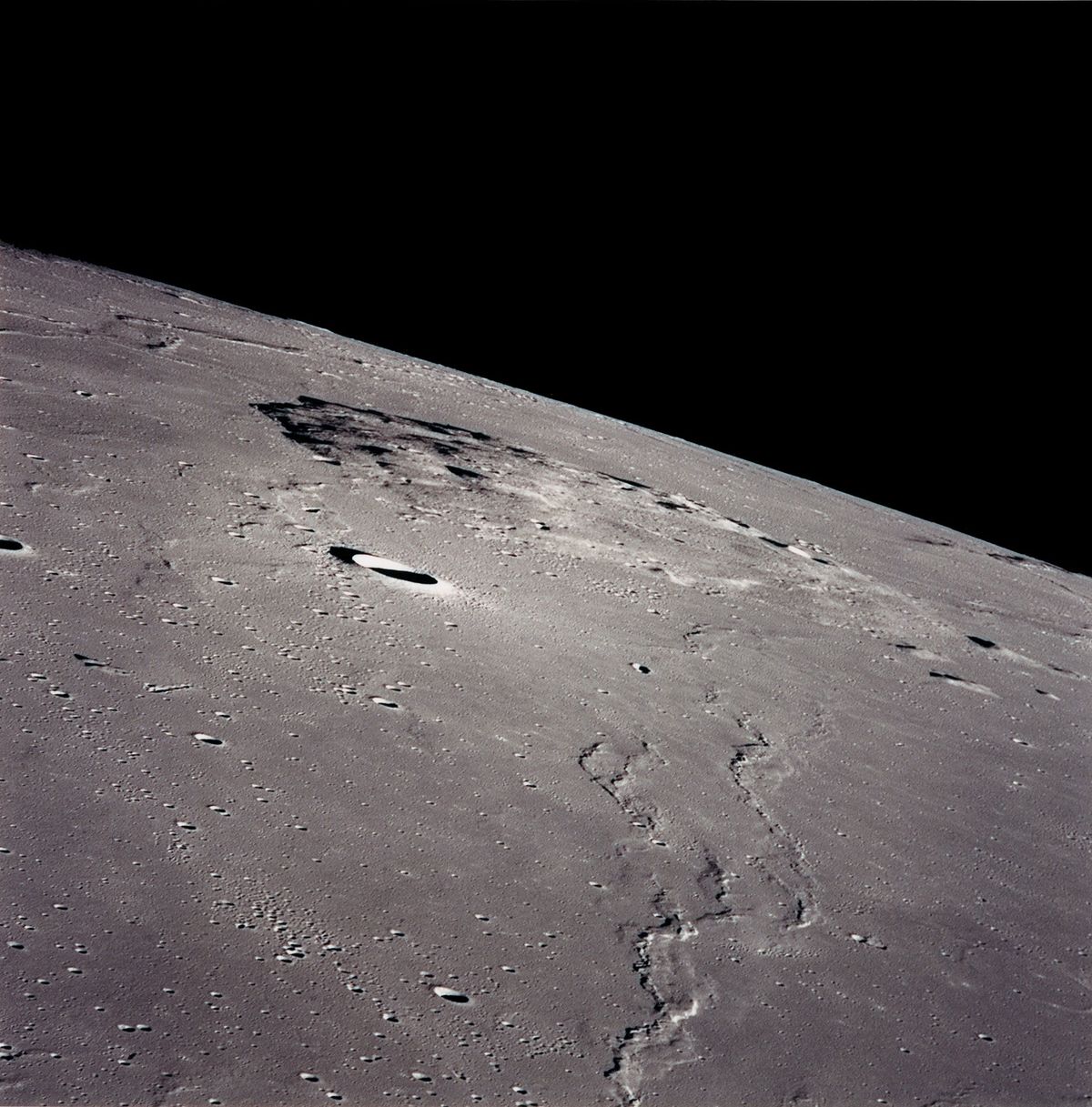I was glad to see this pointed out in the space.com article,
"Hayden focused primarily on the mineral apatite, which contains volatiles in its mineral structure, finding it within "ferroan anorthosites" in the sample. Ferroan anorthosites are the only known lunar rocks that formed directly from the Lunar Magma Ocean, a slushy sea of molten rock that existed on the surface of the moon 4.5 million to 4.3 million years ago. Finding this volatile-rich element in the ferroan anorthosite indicates water was present in the moon's mostly molten stages and allowed researchers to study this stage of the moon's evolution directly, the first time this had been done."
The lunar magma ocean on the Moon postulated after the giant impact with Theia raises questions in my mind about how wet the Moon could be

The faster-solidifying top portion of this ocean became the lunar crust, a new study suggests.

www.space.com
“The moon's crust might have formed from an unevenly layered "slush" of magma that once covered the entire body, a new study reports. It's the latest turn of the wheel on scientists' picture of how the moon and its features formed, a picture that's been continually changing ever since Apollo astronauts brought moon rocks back to Earth in the late 1960s and early 1970s..."
Reference paper, Formation of the Lunar Primary Crust From a Long-Lived Slushy Magma Ocean,
https://agupubs.onlinelibrary.wiley.com/doi/10.1029/2021GL095408, 13-Jan-2022.
“Abstract Classical fractional crystallization scenarios of early lunar evolution suggest crustal formation by the flotation of light anorthite minerals from a liquid magma ocean. However, this model is challenged by the > 200 Myr age range of primitive ferroan anorthosites, their concordance with Mg-suite magmatism and by the compositional diversity observed in lunar anorthosites. Here, we propose a new model of slushy magma ocean crystallization in which crystals remain suspended in the lunar interior and crust formation only begins once a critical crystal content is reached. Thereafter crustal formation occurs by buoyant melt extraction and magmatism..."



